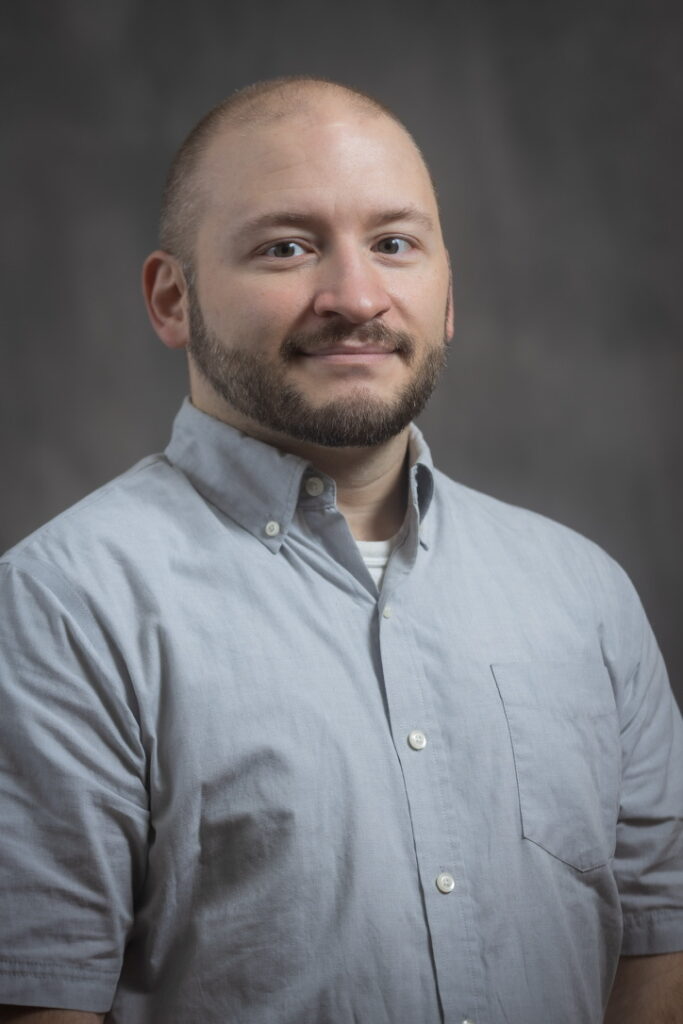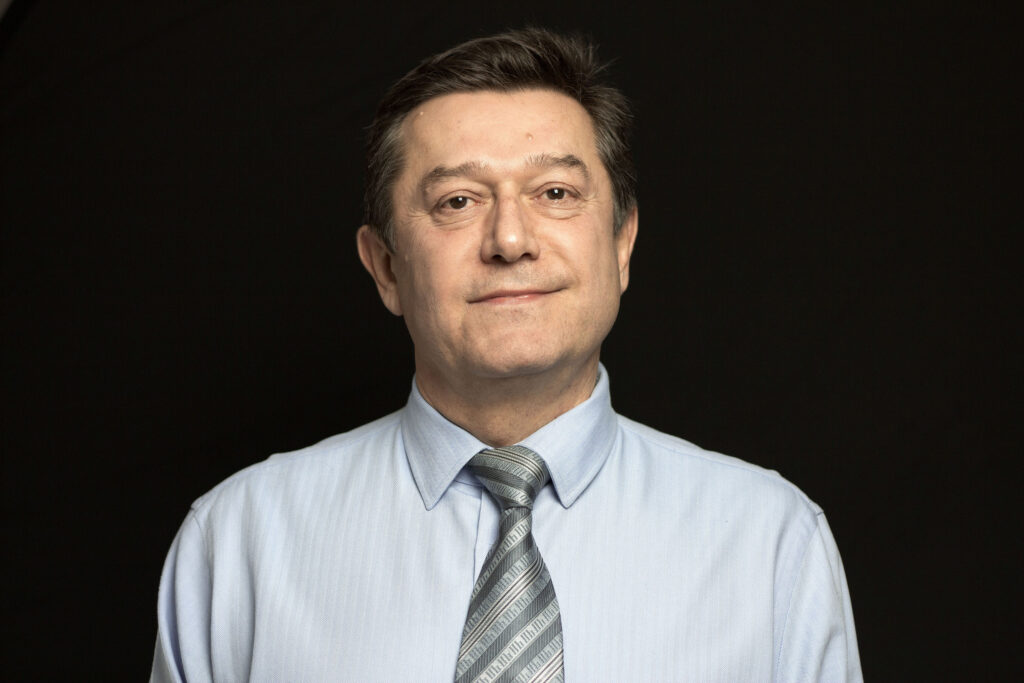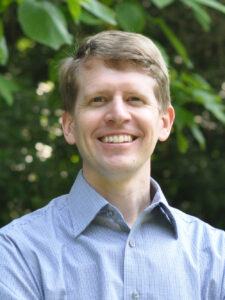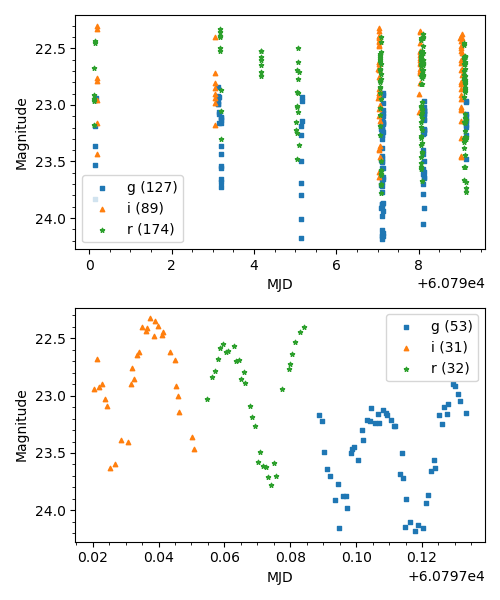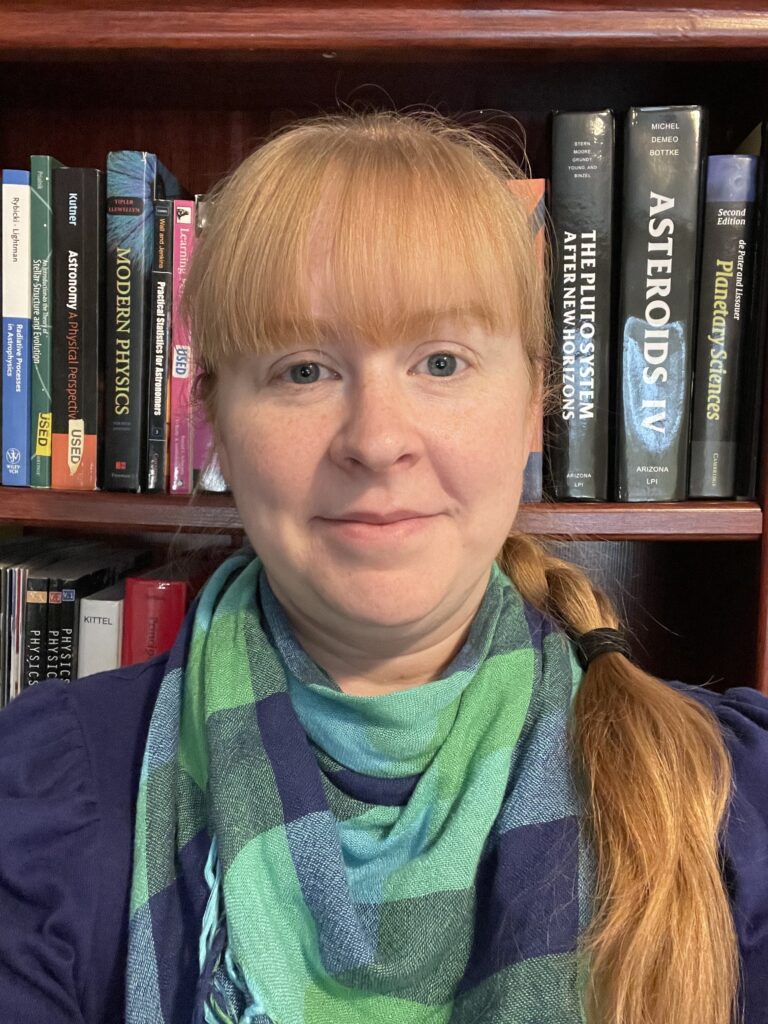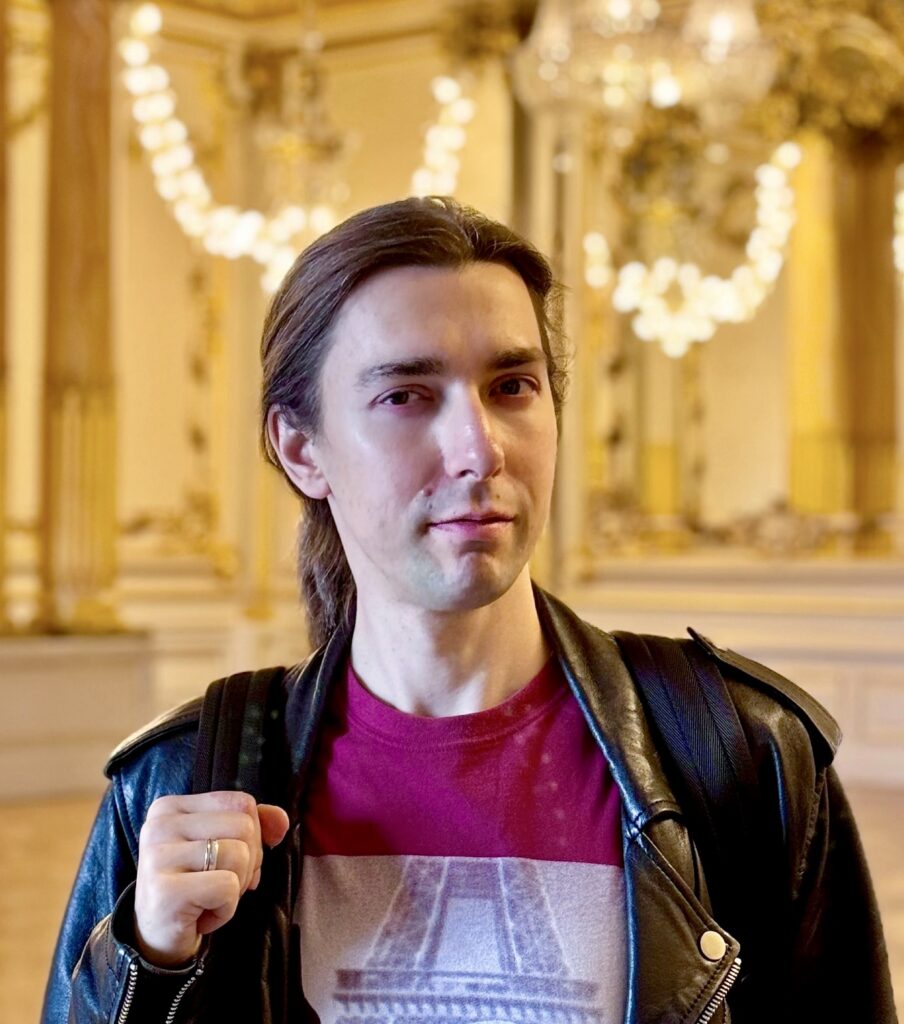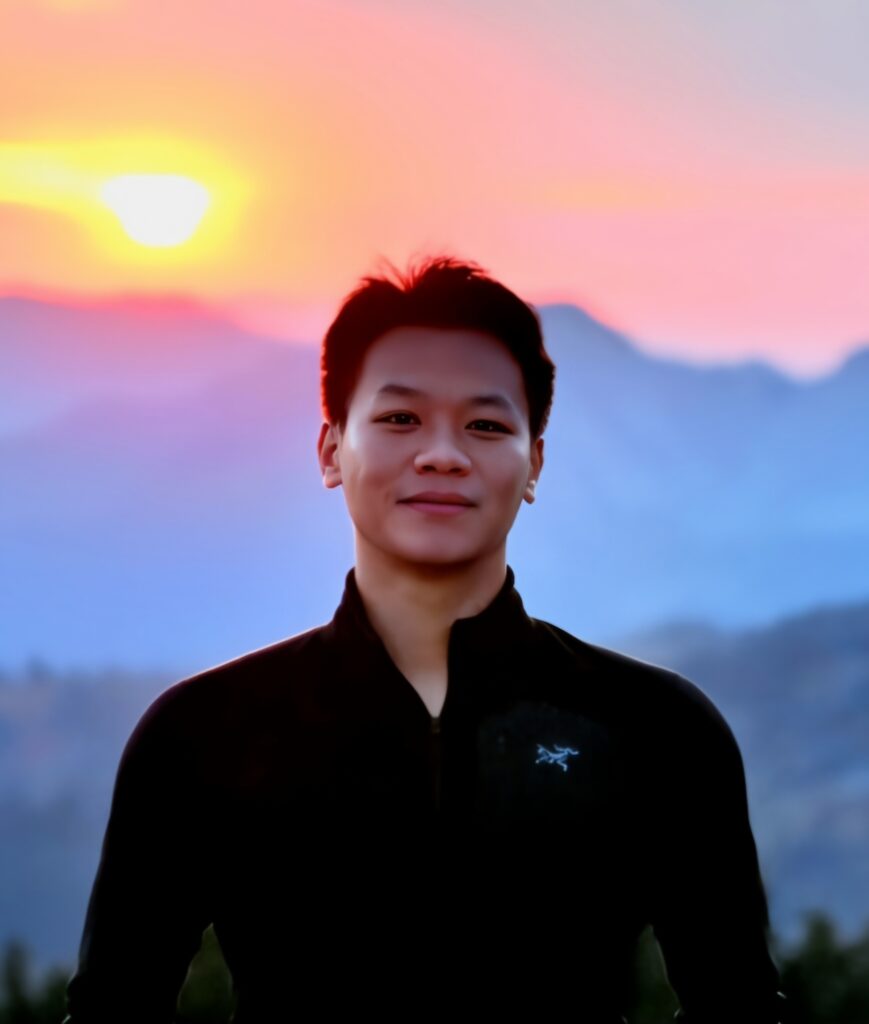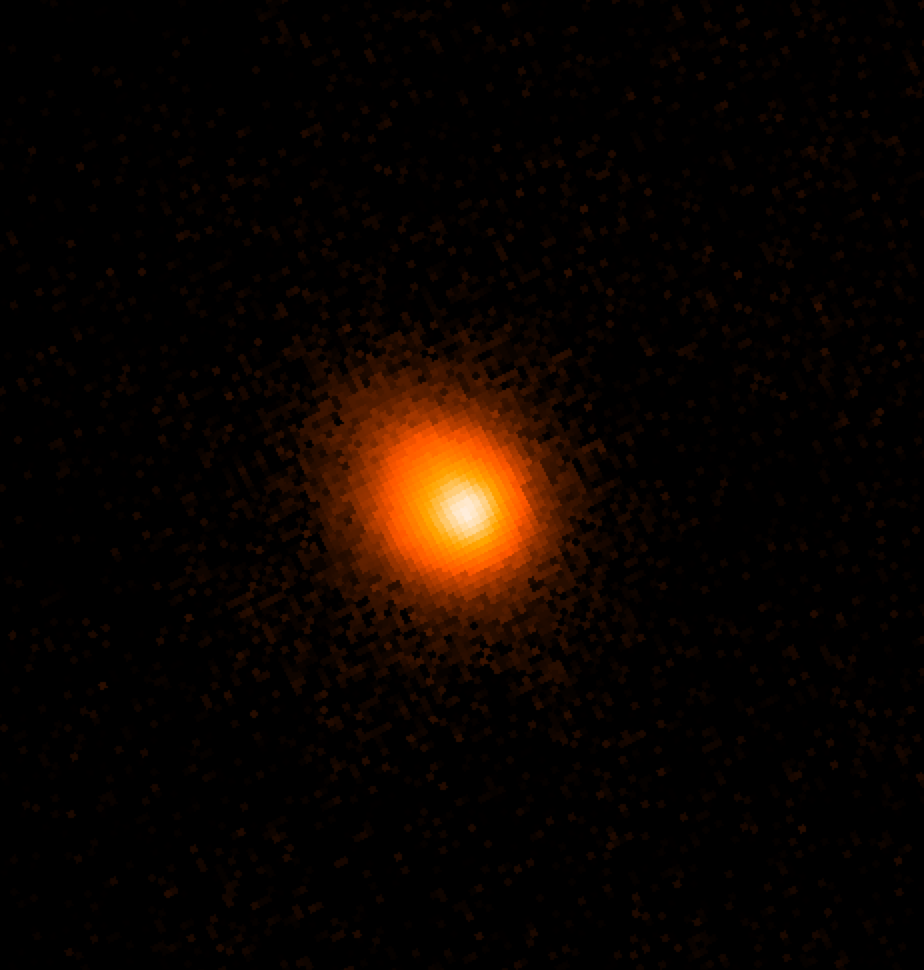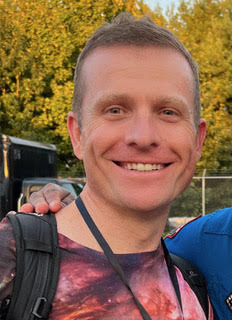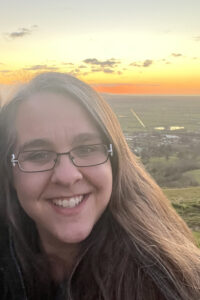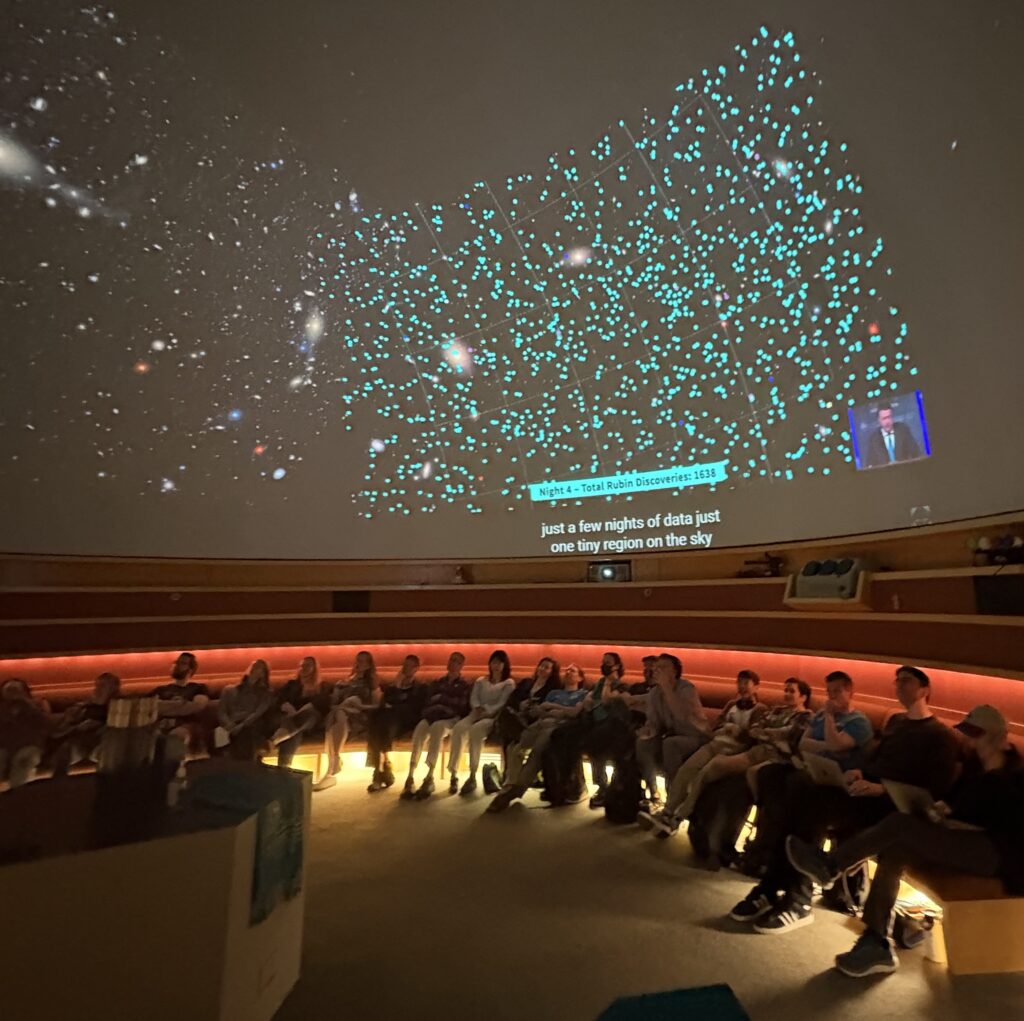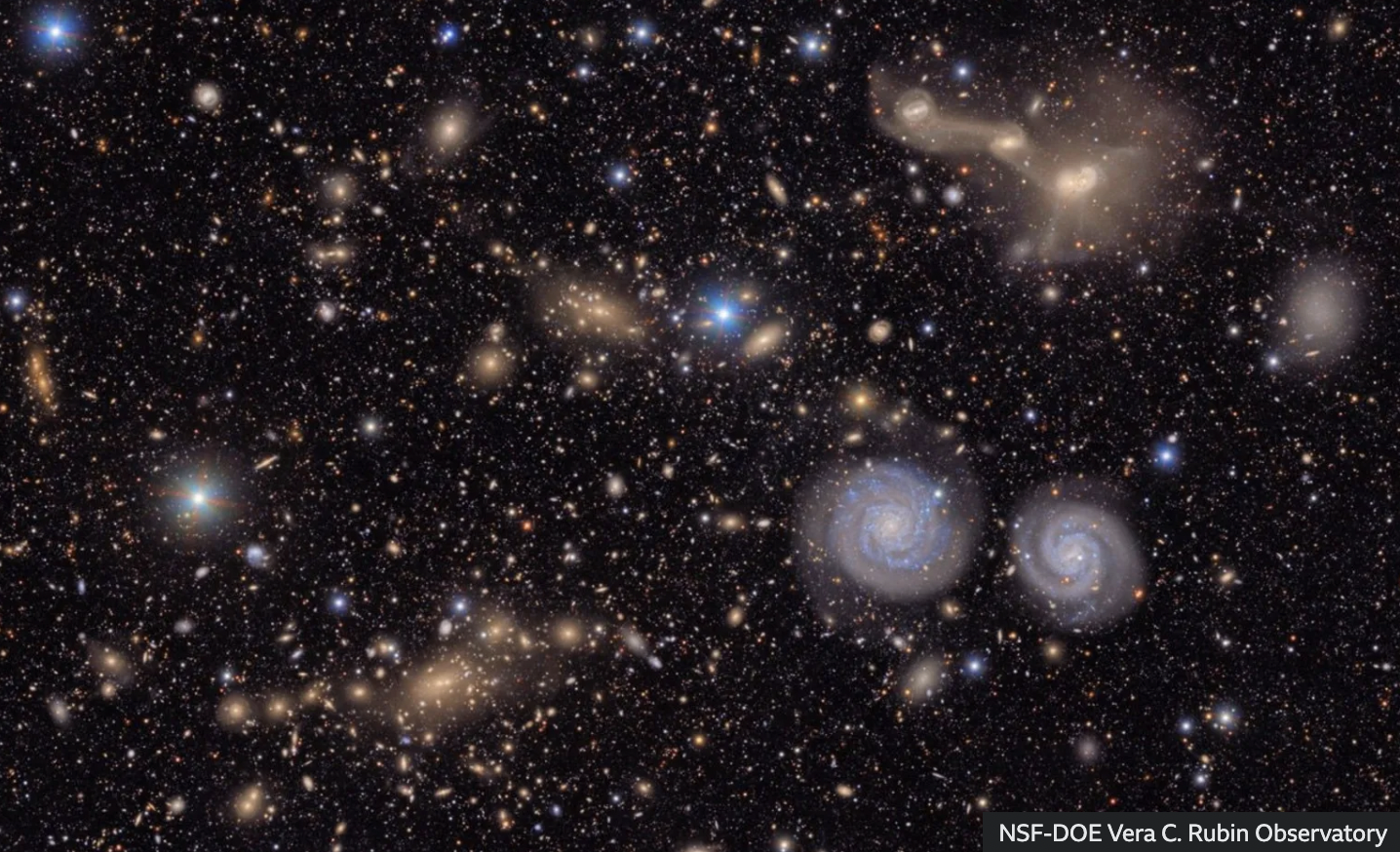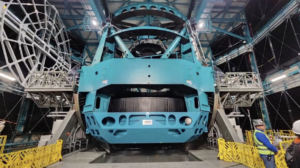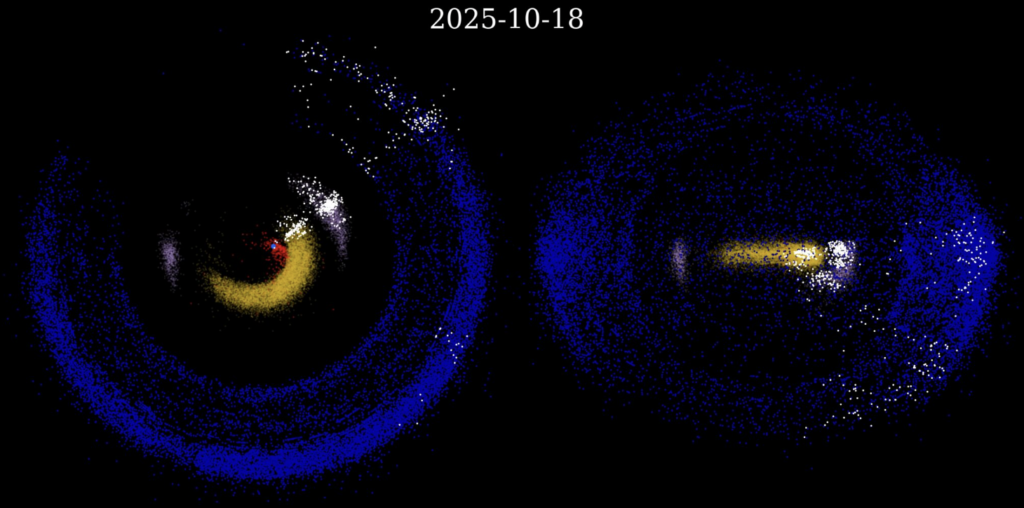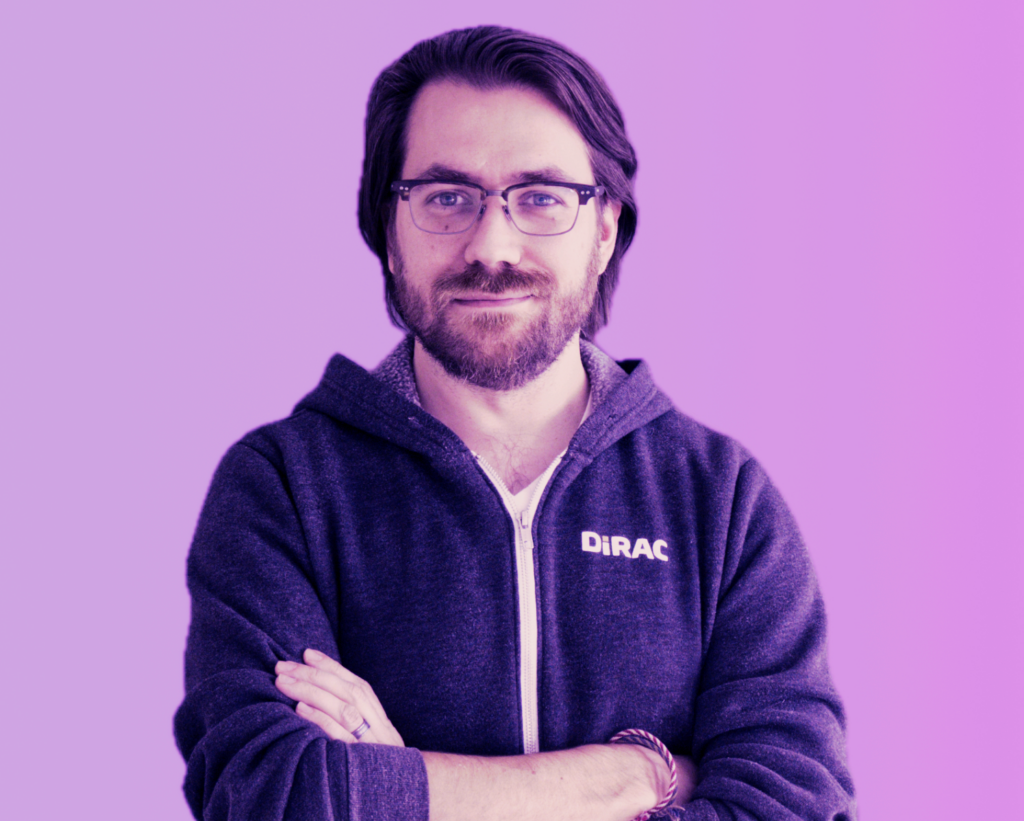
Dear friends,
Fall quarter is my favorite time of the year at the University. We get to welcome our new graduate students, undergrads come back to the campus, and the work of teaching, research, and engaging the community begins in earnest. This is the time when new ideas begin to take shape, projects start, and everything seems possible.
I’m feeling a sense of almost unbounded possibility especially this year at DiRAC, as we are working through the first days of the Rubin Observatory’s operations. This summer we celebrated major milestones, including the amazing “First Look” event we hosted at Kane Hall in June. As the “commissioning” phase comes to a close, and the Observatory prepares for full operations near the end of the year, our team is preparing for a flood of science and discovery.
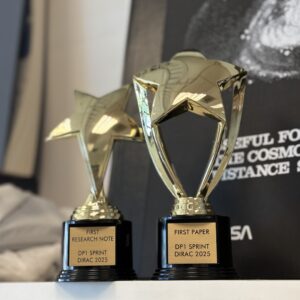
We were able to practice a bit of this Rubin-driven discovery over the summer, thanks to the first “Data Preview” that the Observatory published. With truly a tiny sliver of LSST/Rubin data in hand, students and faculty from our entire department came together for a week to explore and collaborate. These kinds of “sprints” are a fun way for everyone to quickly learn new skills, and for our team to push out early science. I promised fabulous prizes for the first publications to come out of this Data Preview sprint, and I’m especially proud of the graduate students David Wang and Tobin Wainer who took home the trophies!
In the Newsletter you’ll see profiles from many of our research programs. Our Solar System group is now firmly established worldwide as one of the premier groups working on asteroids, comets, and the enigmatic “interstellar objects”, and I’m in awe at how quickly they rallied the Rubin community to study the incredible new object, 3I/ATLAS. I am baffled and fascinated by the discovery of ultra-fast rotating asteroids, which Sarah Greenstreet’s team has recently announced. Our newest postdoctoral fellow, Nick Tusay, is broadening our Time Domain group’s expertise into data from JWST and the new field of disintegrating exoplanets. The science at DiRAC continues to evolve and explore some of the most exciting topics across astrophysics!
I’m also thrilled that we are beginning the search for our next cohort of DiRAC postdoctoral researchers, who will be pushing the frontiers here at UW of science as Rubin makes its first full data release. Thanks to the support of our community, and especially the incredible partnerships with the Simonyi and Frink families, and the B612 Institute, we are able to continue supporting innovative science, as well as continue building a welcoming and energetic environment for discovery. I am so grateful for the many opportunities I’ve had at DiRAC, and being able to continue this Fellowship program for the next generation of astronomers is a dream come true.
Here’s to a Fall full of new beginnings, community, and exciting discoveries.
Keep looking up!
Jim Davenport
DiRAC Director

